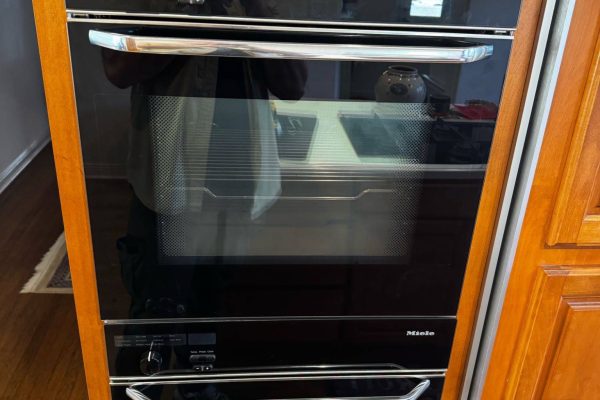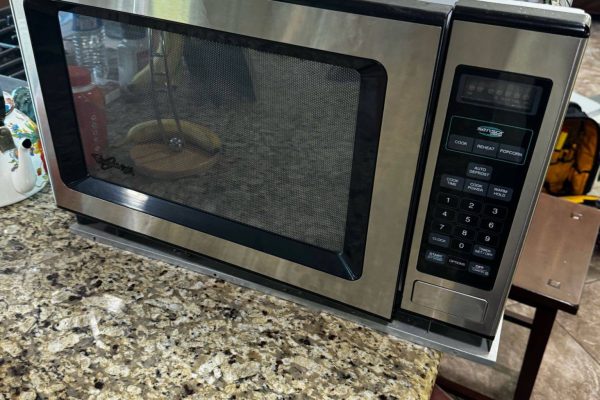In the symphony of household chores, the tumble dryer plays a vital role in orchestrating the drying of clothes with precision and efficiency. At the heart of this appliance lies the timer, a seemingly simple yet crucial component responsible for adjusting the drying time according to user settings. However, when the timer malfunctions, it can throw the entire drying process out of sync, causing frustration and inconvenience. In this article, we delve into the intricacies of dryer timer malfunctions, explore their implications, and discuss strategies for diagnosis and resolution.
The Role of the Dryer Timer
The dryer timer serves as the conductor of the drying cycle, regulating the passage of time and coordinating the operation of various components such as heating elements, fans, and drum rotation. Users can adjust the timer to select the desired drying duration, allowing for customization based on the type and quantity of laundry being dried. Once the set time elapses, the timer signals the dryer to shut off, signaling the end of the drying cycle.
Common Malfunctions
Despite its seemingly straightforward function, dryer timers can experience a range of malfunctions that disrupt their operation. Some common issues include:
Stuck or Jammed Timer: One of the most common malfunctions is a timer that becomes stuck or jammed, preventing it from advancing through the drying cycle. This can result in the dryer continuing to run indefinitely or shutting off prematurely, regardless of the selected drying time.
Timer Motor Failure: The motor responsible for driving the timer mechanism may fail, preventing the timer from advancing or functioning properly. This can result in inaccurate timing or the inability to select different drying settings.
Electrical Issues: Wiring problems or electrical faults within the timer circuitry can cause erratic behavior or complete failure of the timer. Loose connections, damaged wiring, or faulty components can disrupt the flow of electricity and impair the timer’s function.
Mechanical Wear and Tear: Over time, the mechanical components of the timer, such as gears, cams, and switches, can wear down or become damaged, leading to malfunctions. This can result in difficulty turning the timer dial, inconsistent timing, or failure to engage certain drying settings.
User Interface Issues: In some cases, malfunctions may be attributed to problems with the user interface, such as a faulty knob or button, preventing users from selecting or adjusting drying settings effectively.
Diagnosis and Resolution
When faced with a malfunctioning dryer timer, a systematic approach to diagnosis and resolution is essential to identify the underlying cause and implement appropriate solutions. Here are some steps to follow:
Visual Inspection: Begin by visually inspecting the timer and surrounding components for any obvious signs of damage, such as burnt or melted wiring, loose connections, or visible wear and tear. Address any visible issues promptly.
Functional Testing: Test the timer’s functionality by selecting different drying settings and observing its behavior. Pay attention to whether the timer advances correctly, engages the heating elements and other components as intended, and shuts off at the specified time.
Electrical Testing: Use a multimeter to perform electrical tests on the timer and associated components to check for continuity, voltage, and resistance. This can help identify any wiring issues, faulty switches, or electrical faults that may be affecting the timer’s operation.
Replacement of Components: If the timer is found to be faulty, consider replacing it with a new or refurbished unit. Ensure compatibility with the dryer model and follow manufacturer guidelines for installation.
Professional Repair: For complex or technical issues, or if you are unsure about performing repairs yourself, consider seeking assistance from a qualified appliance repair technician. They can diagnose the problem accurately and perform repairs safely and effectively.
User Interface Calibration: If the issue is related to the user interface, such as a faulty knob or button, consider calibrating or replacing the affected components to restore proper functionality.
A malfunctioning timer can throw a wrench into the smooth operation of a tumble dryer, causing delays, inefficiencies, and frustration for users. By understanding the common causes of timer malfunctions and following systematic diagnosis and resolution strategies, homeowners can effectively address issues and restore optimal functionality to their dryers. Whether through visual inspection, functional testing, or electrical troubleshooting, a proactive approach to timer maintenance and repair is essential for ensuring the continued reliability and performance of tumble dryers. Let us take the time to address timing troubles promptly and keep our laundry routines running smoothly.
We have appliance repair experts available today! Call a professional Poway Appliance Repair Service Center technician by phone or book your service.
Our service center is open 24/7, so you can easily schedule a convenient repair time. The specialist will arrive at the agreed time, carry out a diagnosis, and, if necessary, offer repairs. If you are willing, your appliance will be repaired directly on-site within 1-2 hours. We provide top-notch service at an affordable price!
Contact us


